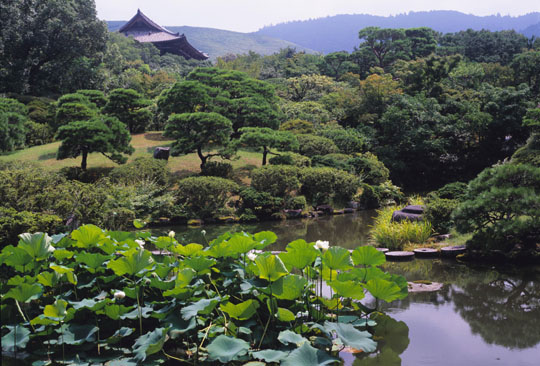Traditionally, gardens patronage in Japan came from two sources: the nobility and the coffers of well-endowed temples.
The wealthy and privileged commissioned landscaped gardens for their estates; head abbots employed the services of ishi-tate-so (rock-setting priests) to create gardens that would complement religious architecture and promote spiritual practices.
However, the businessmen, industrialists and plutocrats who formed the new aristocracy of the modernizing Meiji and Taisho eras that followed the demise of the feudal Tokugawa Shogunate in 1867 were of a different order. Among the money-grubbers and power-hungry social climbers were a coterie of men thoroughly schooled in Japanese aesthetics and garden design.



















With your current subscription plan you can comment on stories. However, before writing your first comment, please create a display name in the Profile section of your subscriber account page.